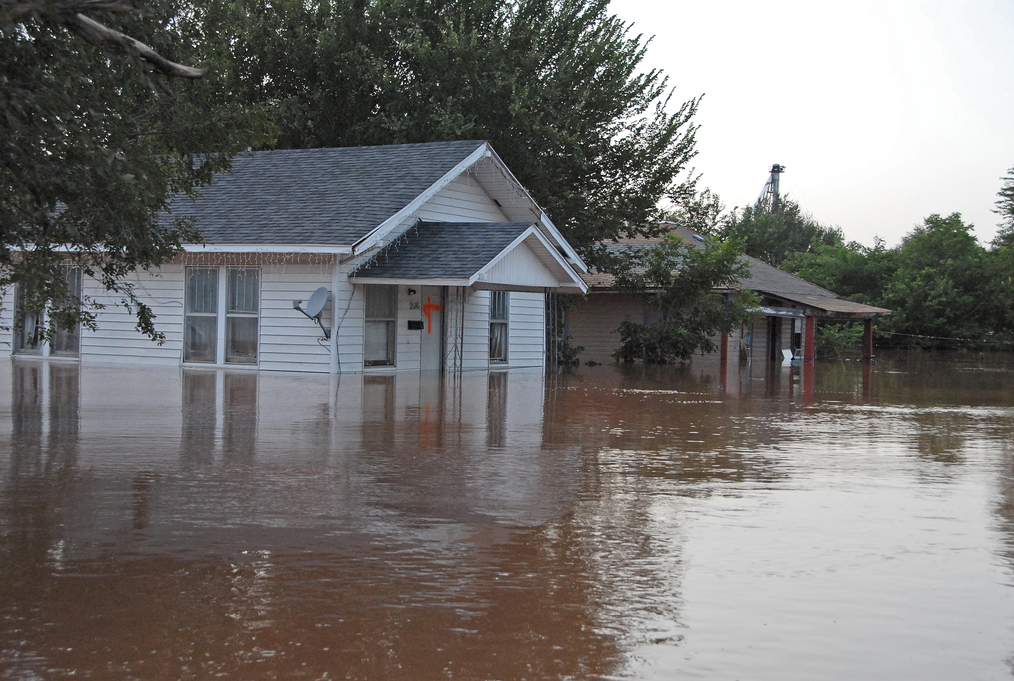
Insurance companies will begin issuing refunds in October.
The National Flood Insurance Program (NFIP) is in the process of implementing Congressionally mandated reforms required by the Homeowner Flood Insurance Affordability Act of 2014. The new law offers relief to some policyholders who experienced steep flood insurance premium increases in 2013 and early 2014 and calls for refunds of the difference between the subsidized rates and the higher full-risk rates that policyholders were required to pay as a result of Biggert-Waters. Insurance companies will begin issuing refunds in October 2014. Increased premiums for policies effective on or after October 1, 2013 will be refunded to eligible policy holders.
You may be entitled to a refund if:
- You have a new or reinstated policy for a Pre-FIRM Building; or
- Your premium increase was greater than 18%.
The following policies may not be eligible for refunds:
- Policies for Pre-FIRM Secondary Homes in effect before July 6, 2012;
- Policies for certain Severely or Repetitively Flooded Buildings; and
- Policies That Increased Because of a Coverage Change.
Refer to this fact sheet for additional details or contact your insurance agent.
NE&C offers several services to property owners located within a Special Flood Hazard Area that could save thousands of dollars in flood insurance premiums. Contact us for more information. We look forward to hearing from you.
Blog post by Jason Gold, P.E..
photo credit: stevendepolo via photopin cc

